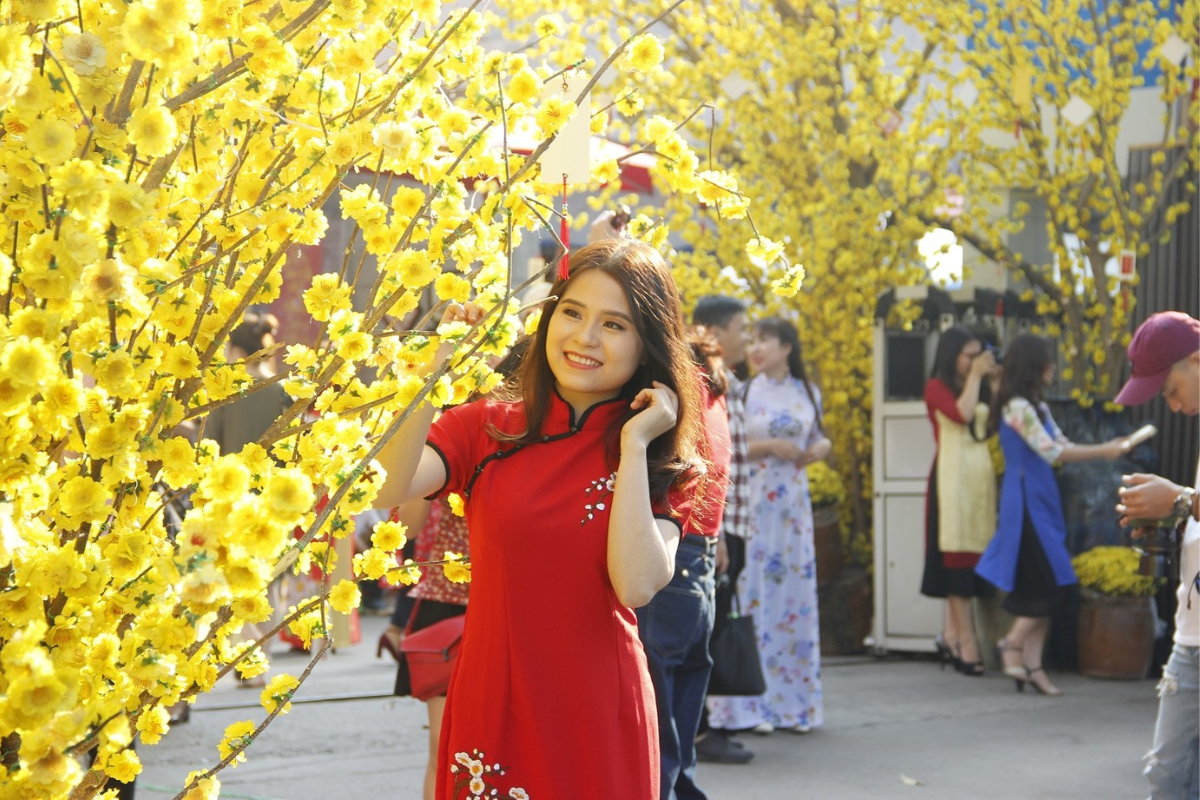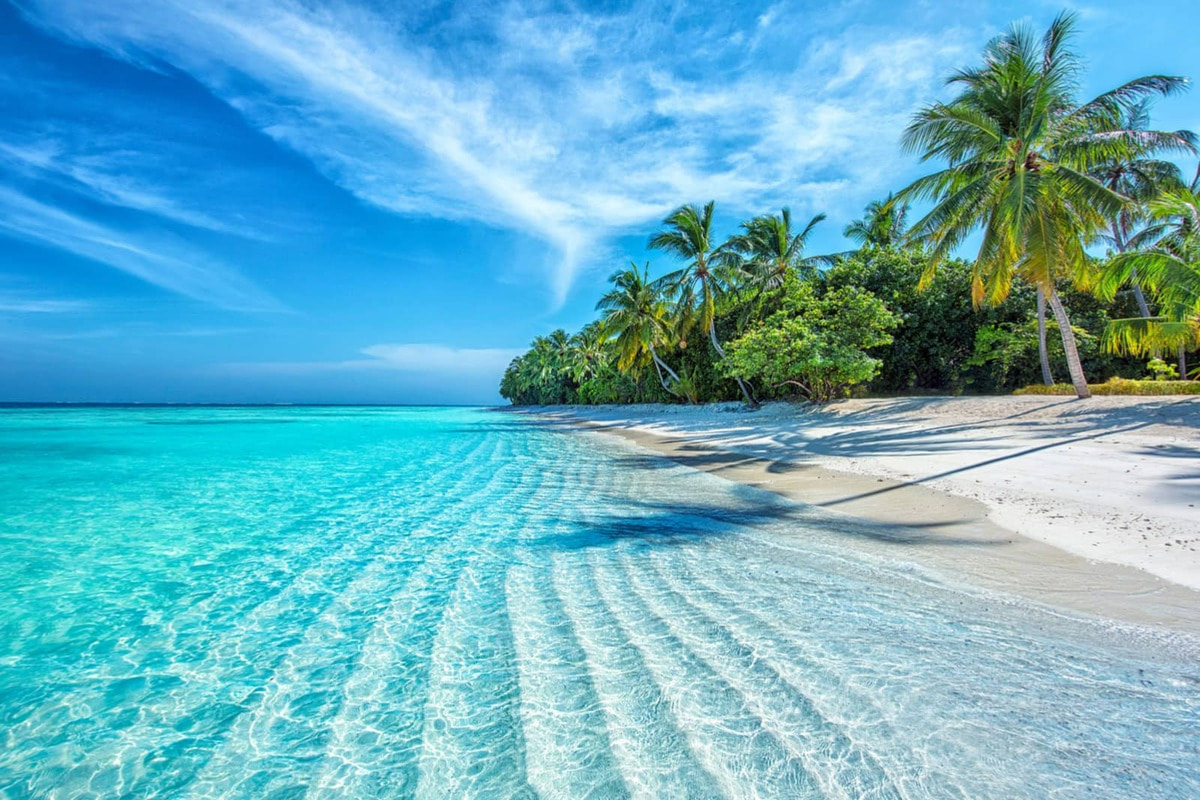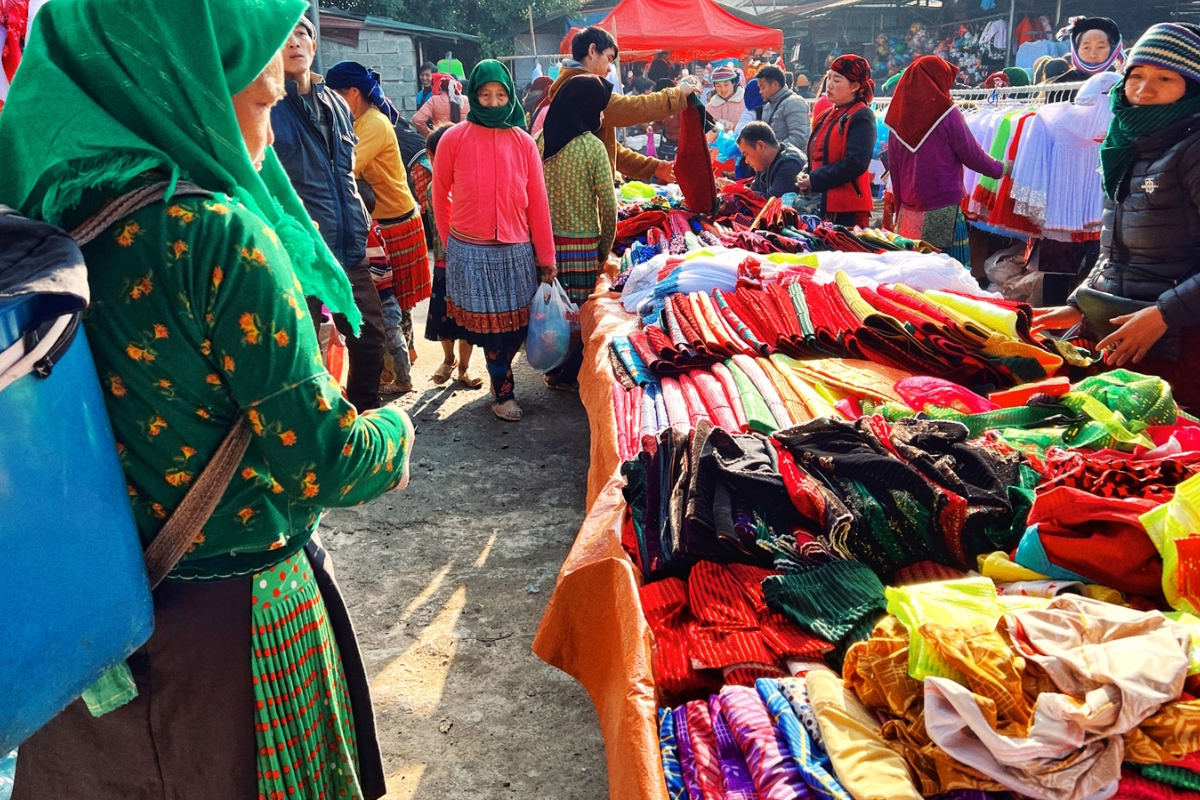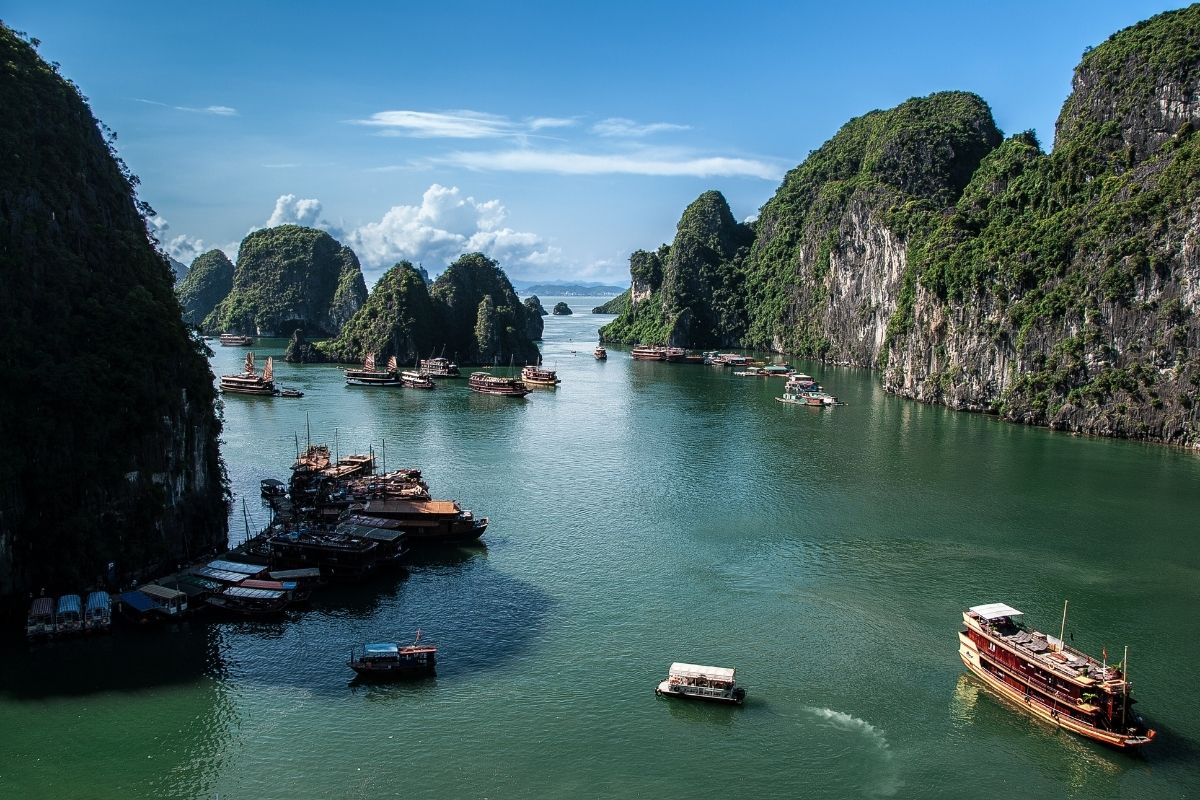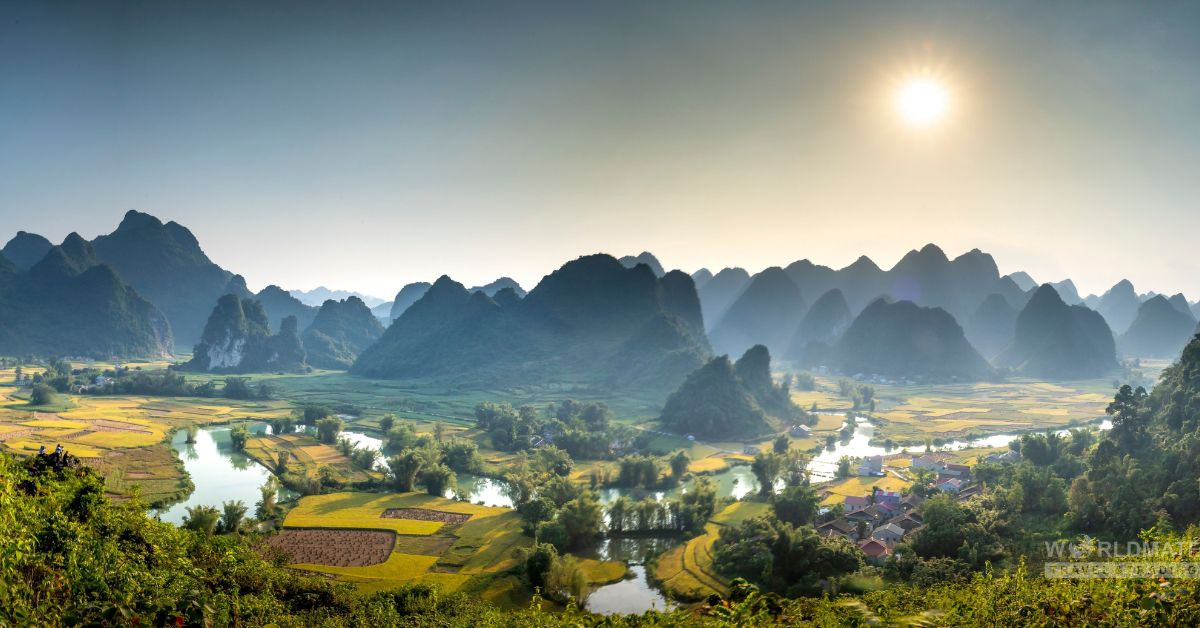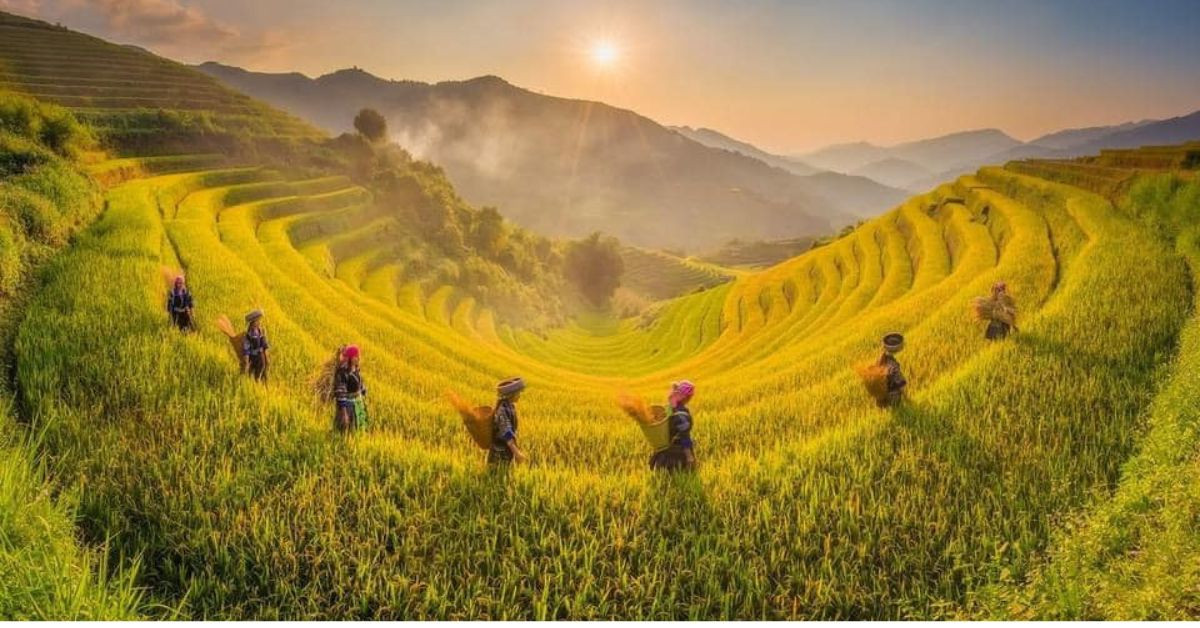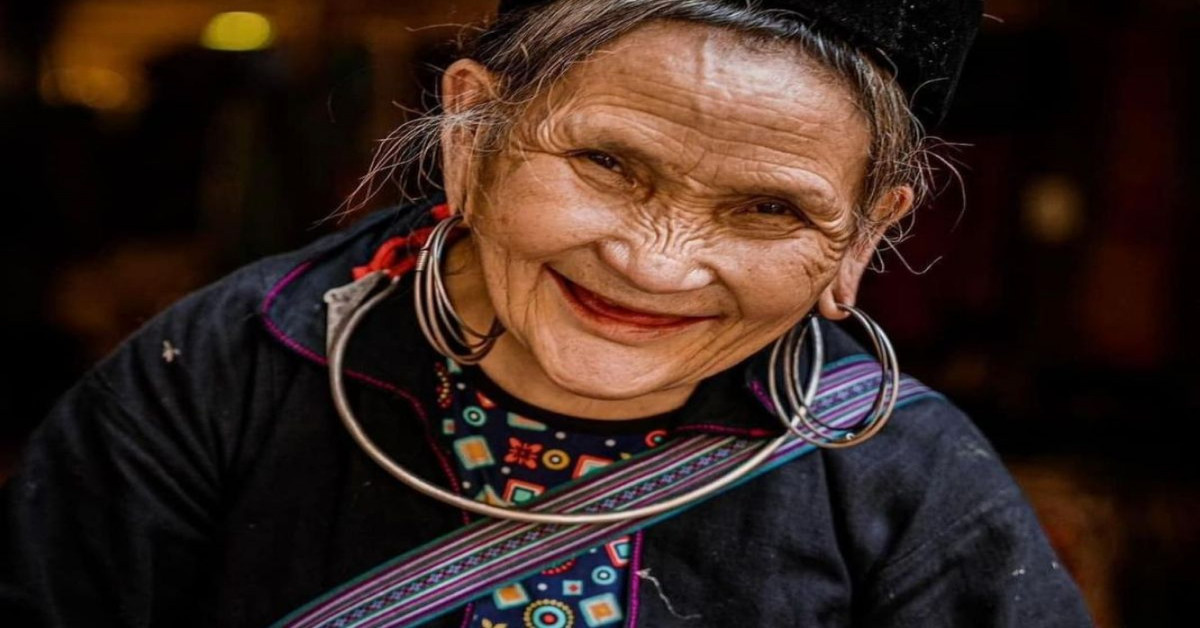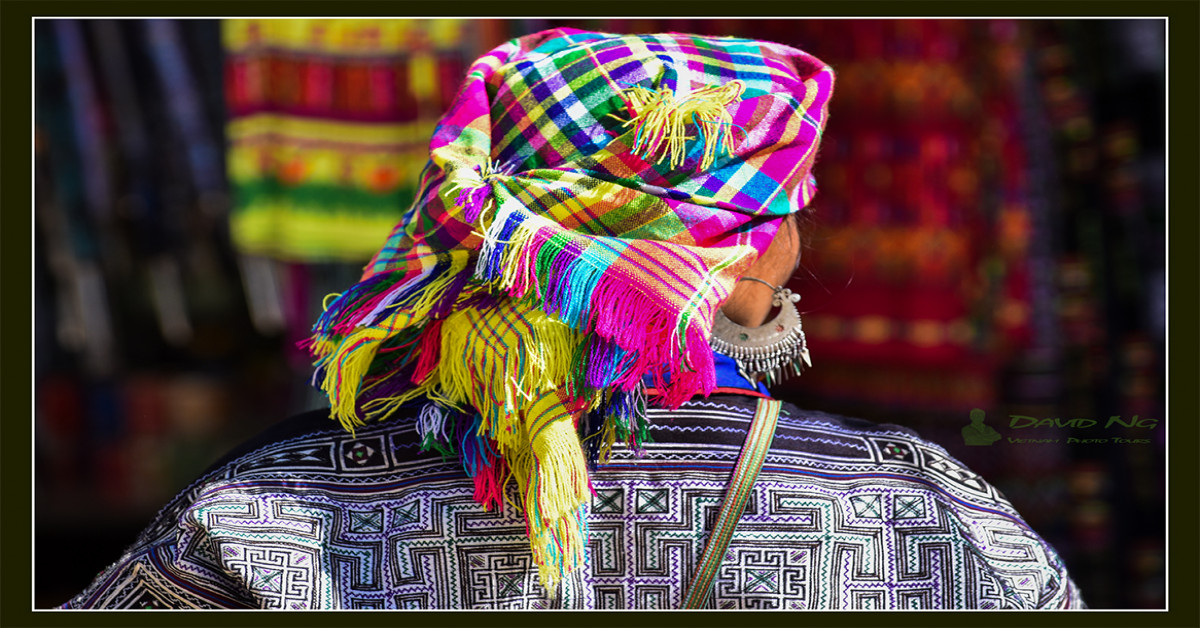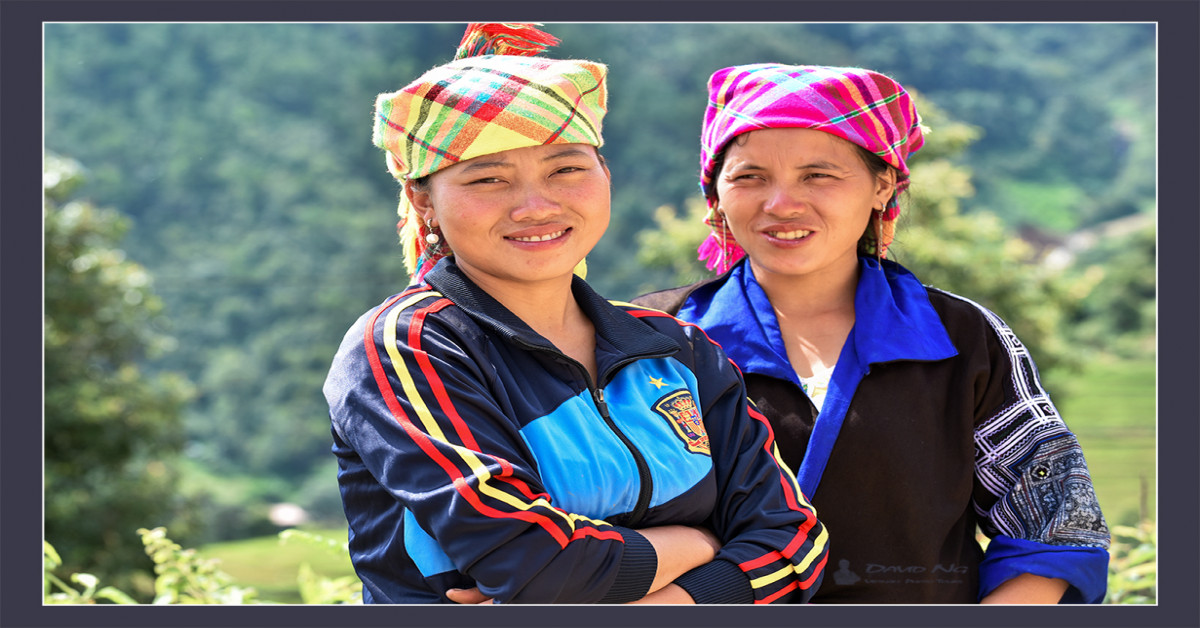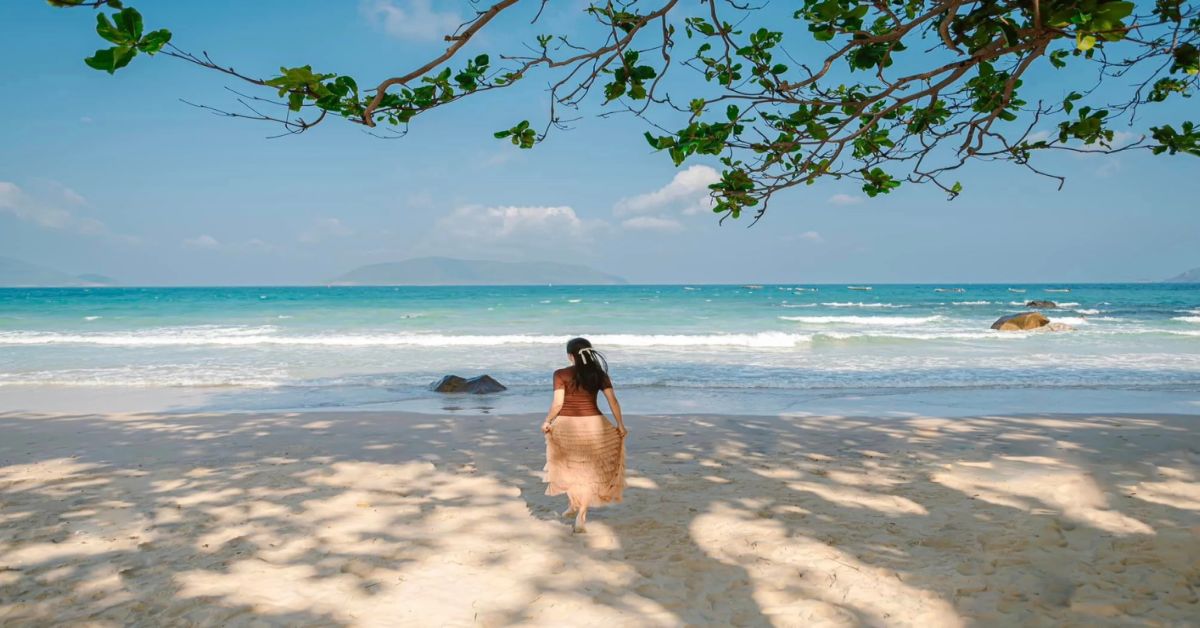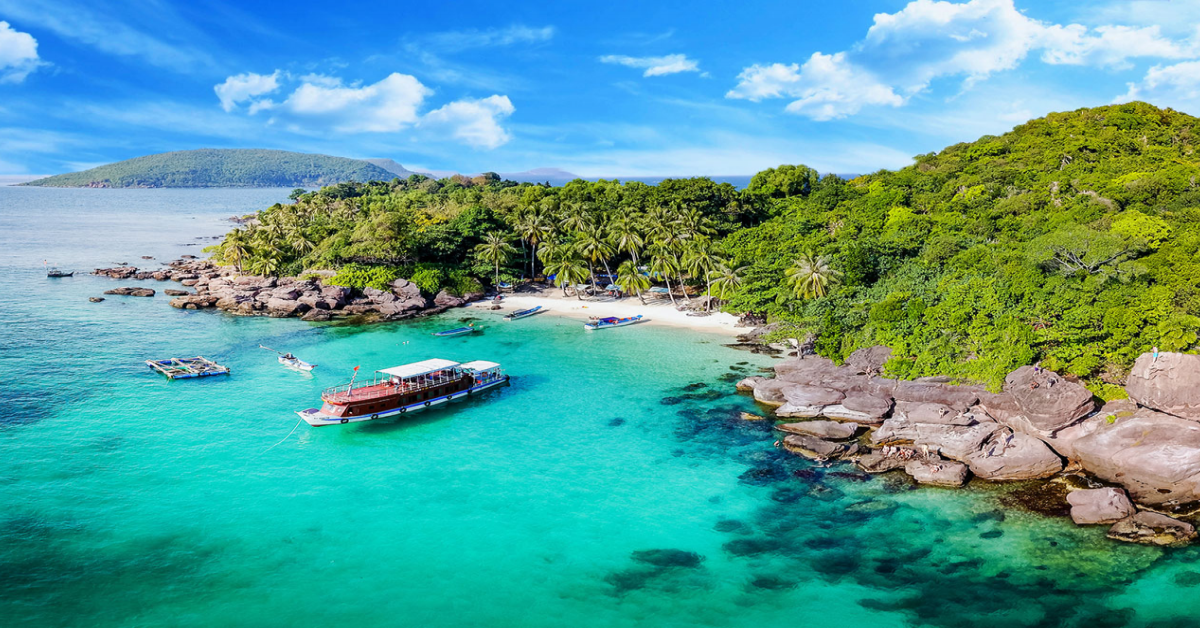Top 5 Ethnic Villages You Must Visit in Sapa for a True Cultural Experience
Beyond its breathtaking mountains and lush rice terraces, Sapa is home to vibrant ethnic communities that preserve their customs and traditions. Visiting these villages offers a window into local life, traditional crafts, and authentic culture. Here are five villages you shouldn’t miss for a full Sapa experience, curated by Authentik Travel.
1. Cat Cat Village
Located just 2 km from Sapa town center, Cat Cat is one of the oldest villages of the H’Mong people. Here, traditional crafts like flower cultivation, linen weaving, and jewelry making are still alive. Unique customs, long forgotten in other regions, are preserved. The brocade weaving process is especially fascinating, with colorful patterns inspired by plants, birds, and flowers. A highlight is the traditional dyeing technique using ash water and forest leaves to produce a distinctive brunswick green color. The finished fabric is polished by rolling it with a waxed log on a stone slab.
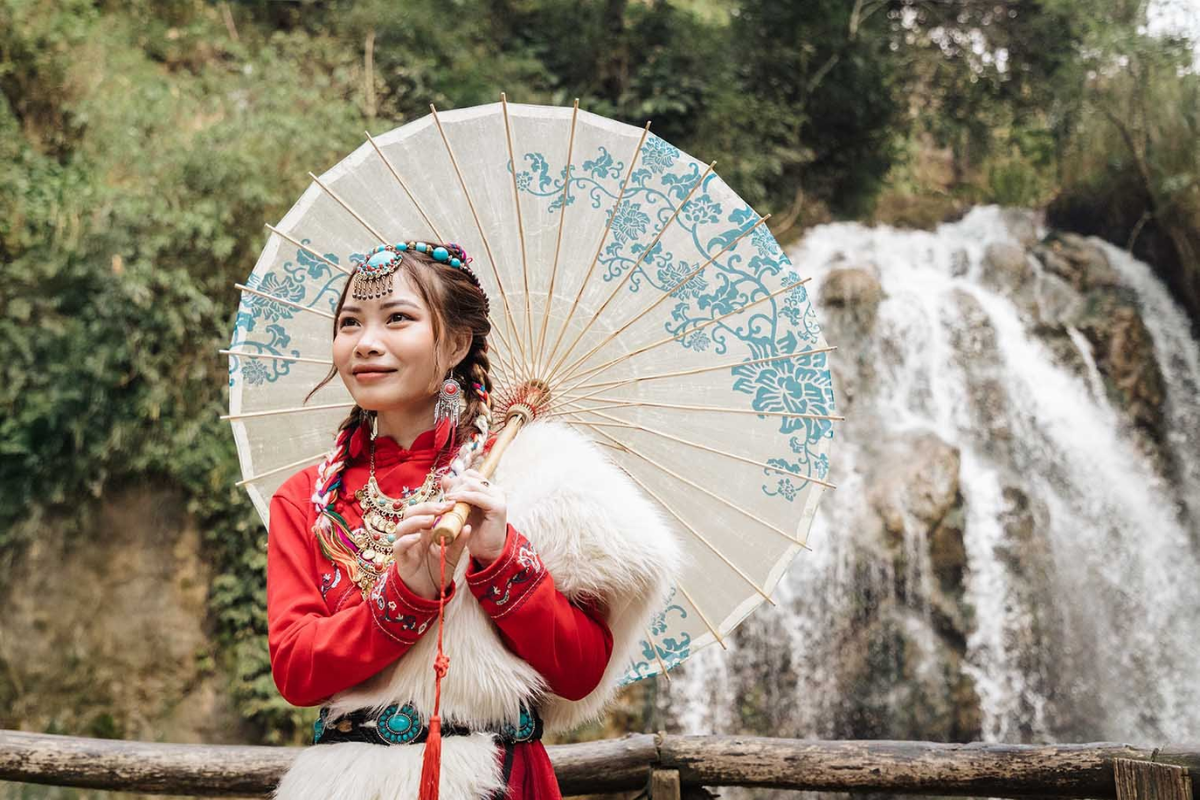
2. Ta Phin Village
Ta Phin is best known for its ancient monastery built in a Western architectural style in the late 19th century. Across from it lies Ham Rong Mountain, a dramatic rock formation resembling a dragon. Visitors can explore brocade clubs run by H’Mong and Red Dao communities, where vibrant traditional attire is on display. Ta Phin is also famous for its herbal bathing practices, with local families now running cooperative bathhouses using indigenous herbs.
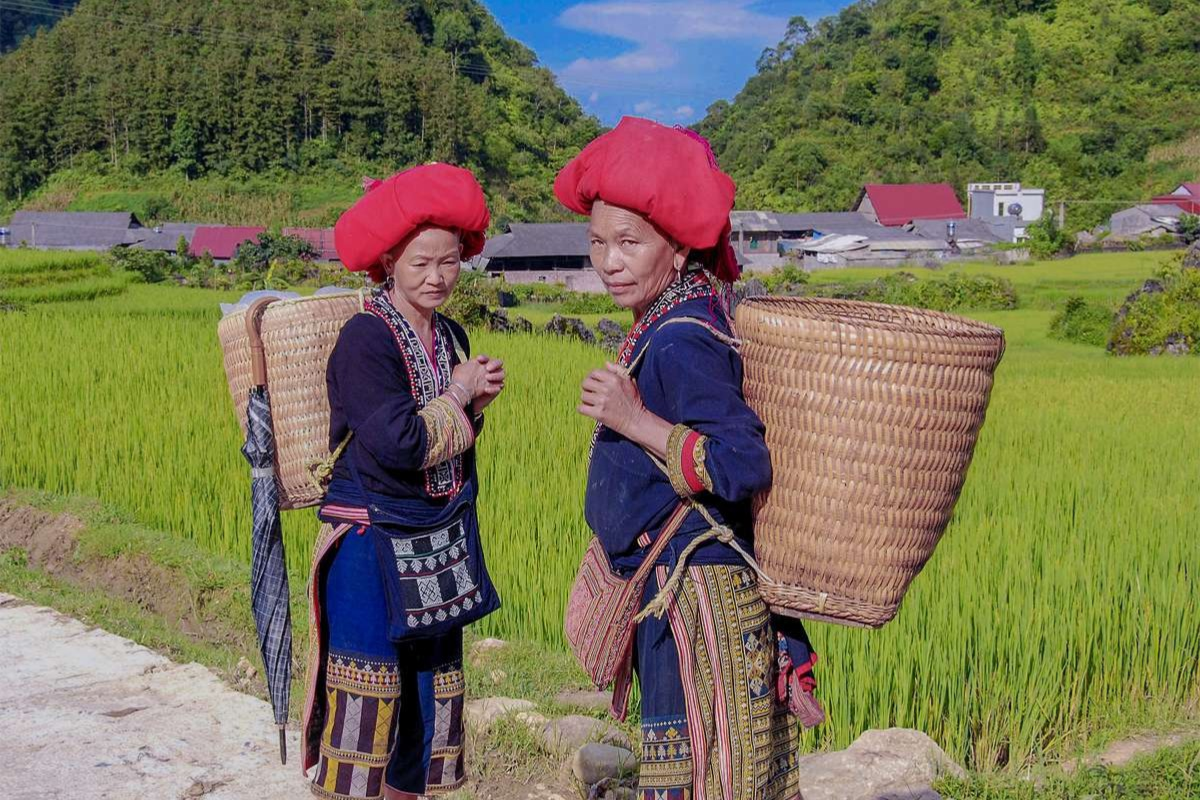
3. Ta Van Village
About 8 km southeast of Sapa along National Highway 4D lies Ta Van Giay Village, home to the Giay ethnic group. Accessible via a narrow, sometimes muddy road, the journey is flanked by green terraced fields. The Giay people mainly grow rice and also practice silver carving and tool forging. Their stilt and ground houses often feature ancestral altars in the center. Cultural heritage is passed on through folklore, proverbs, and songs. Their attire is modest—women wear ankle-length pants and embroidered bags, while men wear buttoned tunics and headwraps.
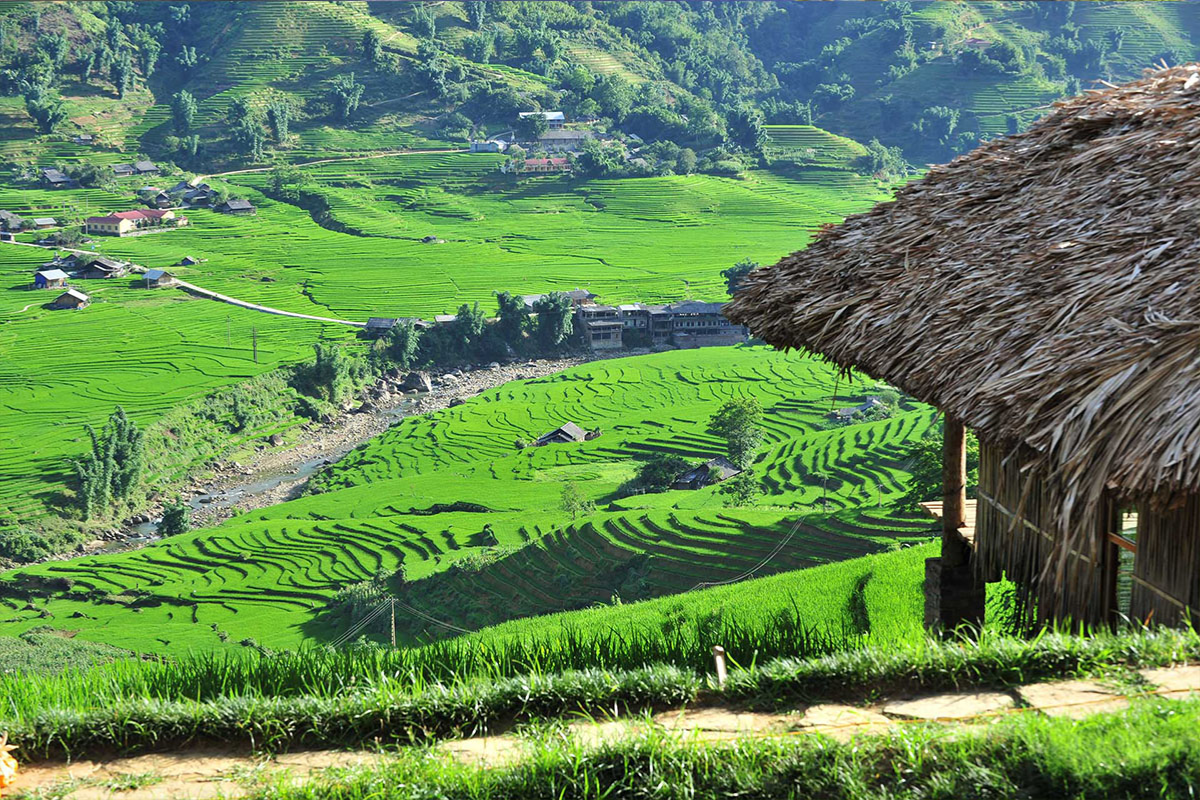
4. Ho Village
Warmer and less touristy than other areas, Ho Village welcomes visitors with the golden hues of Hoang Lien National Park. Along winding roads, you’ll spot stilt houses, local shops, and even resting travelers—signs that you’ve arrived. A homestay here offers a close look at local life. In the morning, explore the park’s rich biodiversity, or take a dip in the Lave Stream and marvel at Da Nhay Waterfall. The climate remains pleasantly warm year-round, averaging 18–25°C.
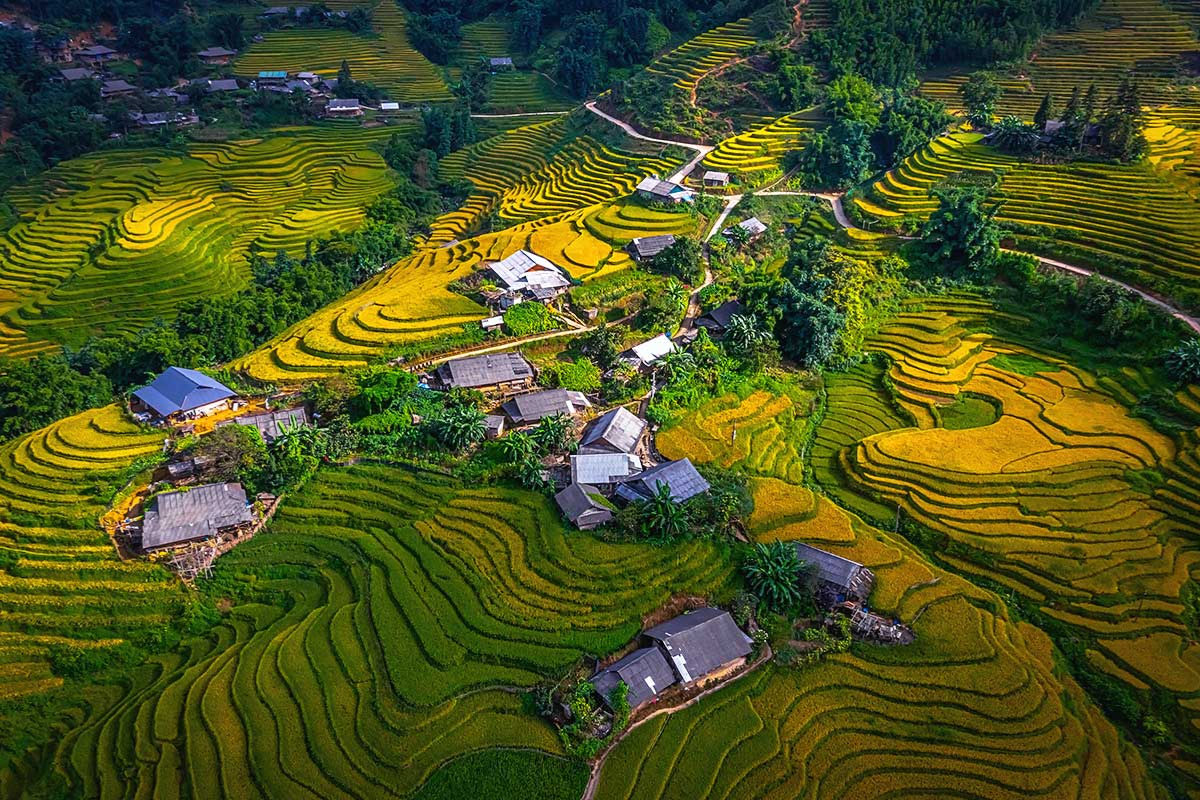
5. Sin Chai Village
Just 4 km from Sapa town lies Sin Chai, a remote village of the Black H’Mong people that remains untouched by mass tourism. With around 1,400 residents, the community cultivates rice, hybrid corn, and cardamom—a vital local export. Simplicity defines daily life: women sew year-round using linen they grow themselves to create clothing and wedding dresses. These handmade items are exclusively for family use, never for sale, preserving the authenticity of their culture.

Conclusion
Exploring the ethnic villages of Sapa—Cat Cat, Ta Phin, Ta Van, Ho, and Sin Chai—offers far more than just scenic landscapes. Each village introduces you to the rich cultural tapestry of Northern Vietnam, where traditional customs, crafts, and ways of life are lovingly preserved by local communities. Whether you're walking among terraced fields, witnessing intricate brocade weaving, or soaking in herbal baths, these experiences create lasting memories and a deeper appreciation for the region's heritage. For travelers seeking authenticity and adventure, a visit to these villages is an essential part of any Sapa itinerary.
-------------------
We hope this information about the ethnic groups in Sapa enriches your journey and helps you create unforgettable memories during your authentic experience in Vietnam. For a truly immersive adventure, contact World Mate Travel, your trusted Vietnam travel agency!
Contact Us:
Email: sales@worldmatetravel.com
WhatsApp: +84988660505
